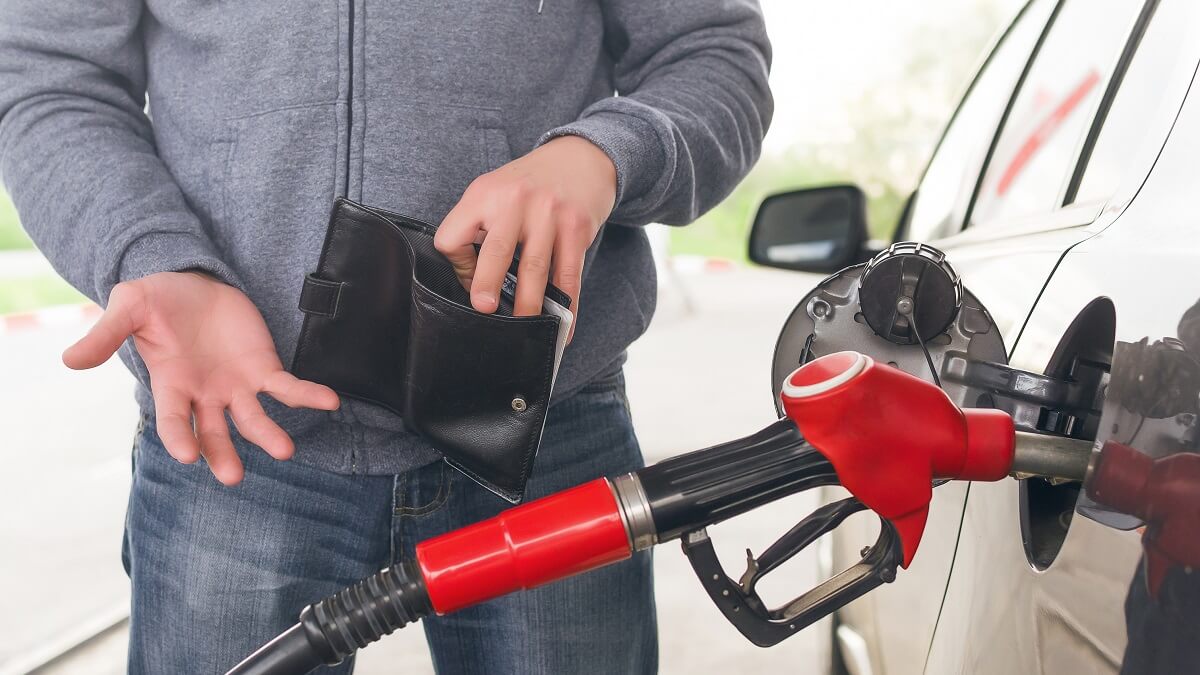Driving through Melbourne’s suburbs a few days ago, I did a double take when passing one particular petrol station. I’d already cruised past several others, each displaying a price for regular unleaded petrol of under $1.90. But this one – did I read that right? More than $2.30 for regular unleaded?
Apparently I did. Assuming the other petrol stations would soon be following suit, I checked my fuel gauge. Seeing it was below half full, I made a quick U-turn and filled up at one of the cheaper service stations. The next day I saw that all petrol stations had pumped the price by about 50 cents.
I’m not unfamiliar with the cycle of petrol prices – a gradual lowering followed by a big spike. But I don’t think I’ve seen a bigger spike than this. Is there something even weirder than usual going on in the oily world of petrol pricing?
What the ACCC says
Coincidentally, the Australian Competition and Consumer Commission (ACCC) this week released its latest update on retail petrol prices. While it made no comment on this week’s price hike, it did reveal a slight downward trend in the pump price.
On the back of decreasing international refined petrol prices, the retail price across Australia also fell in the December quarter. In our five largest cities (Sydney, Melbourne, Brisbane, Adelaide and Perth) the average pump price was 194.9 cents per litre. That’s a decrease of 0.7 cents per litre (cpl) compared to the September quarter 2023 average of 195.6 cpl.
From my own limited observations, the price has been predominantly below the $2.00 mark since Christmas, and often below $1.90. So despite this week’s huge spike, I will not be surprised to see a further drop in the average when the next quarterly update arrives.
Despite the slight drop in the December quarter, prices overall remain relatively high, according to the ACCC.
“While average retail petrol prices … decreased in the quarter, they were still at relatively high levels,” ACCC commissioner Anna Brakey said. Ms Brakey said external influences contributed to this. “International factors drove average retail prices to the highest on record in nominal terms in the September quarter,” she said.
Among those factors was the AUD–USD exchange rate. The Australian dollar dropped quite sharply between August and October last year.
Where are petrol prices headed next?
That’s the $64,000 question. Or in this case, based on the outlet I drove past this morning, the $2.34 cpl question. With so many factors, most of them international, it’s difficult to say which way petrol prices will go from here.
One thing we can be reasonably certain of, though, is the traditional spike and slide cycle. But bear in mind, the peaks and troughs of these cycles vary from state to state. In Melbourne for instance, I expect to see a gradual decline in the pump price over the next fortnight. In Sydney, Brisbane and Adelaide, however, the trend is still downward, at least for the moment.
The good news is that the ACCC provides graphs for the major Australian cities, charting recent petrol price movements. While these are not a guarantee of what prices will do, they do provide a good guide to price trends. What’s more, they are updated at least three times a week. You can find them here.
Until the next petrol price hike in your area, happy driving!
Do you keep an eye on petrol prices? Do you time your fill-ups to ensure the best deal at the pump? Let us know via the comments section below.
Also read: Seven ways to save money on fuel
Disclaimer: All content on YourLifeChoices website is of a general nature and has been prepared without taking into account your objectives, financial situation or needs. It has been prepared with due care but no guarantees are provided for the ongoing accuracy or relevance. Before making a decision based on this information, you should consider its appropriateness in regard to your own circumstances. You should seek professional advice from a financial planner, lawyer or tax agent in relation to any aspects that affect your financial and legal circumstances.

